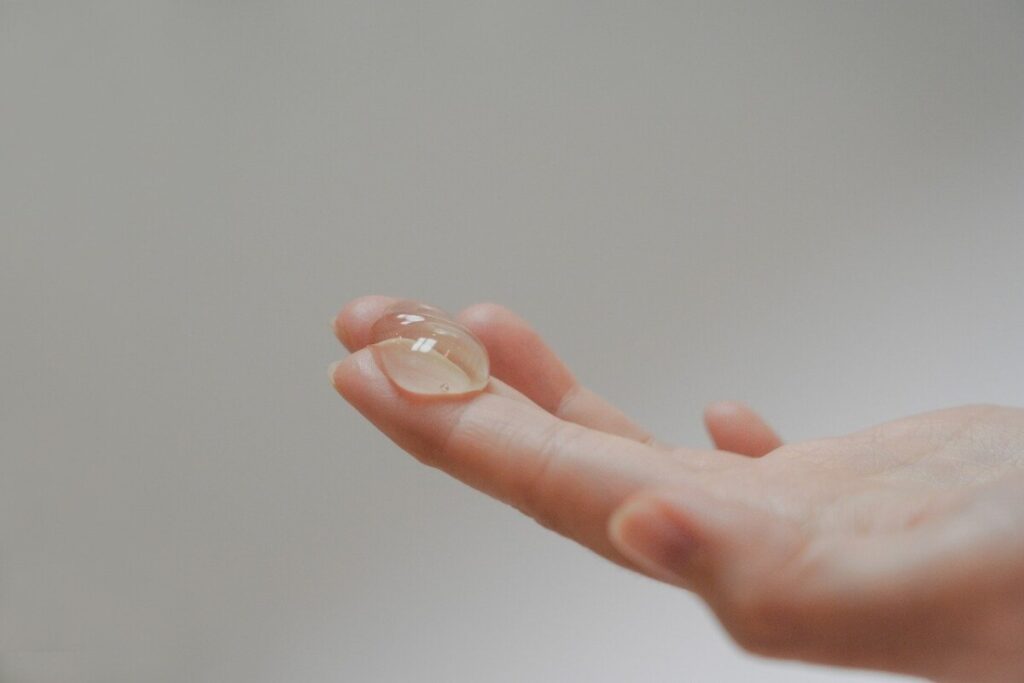How To Identify Your Skin Type, According To this article.

Some people aren’t sure about their skin type, but knowing your skin type is the first step in proper skincare.
Understanding your skin type is essential for taking care of your skin, and skin types generally fall into these categories:
Dry Skin
Skin that feels tight, has flakiness, and lacks oil.
Oily Skin
Skin that appears shiny or greasy all over.
Combination Skin
Skin that’s oily in certain areas (like the T-zone) but normal or dry elsewhere.
Sensitive Skin
Skin prone to redness, itching, rashes, or allergic reactions.
Identifying your skin type is easier than you might think. Here’s a quick test:
Start by washing your face with your usual cleanser. Pat your face dry and leave it bare (no products!) for about 30 minutes. Then check your skin:
If your skin feels tight and flaky:
You have dry skin. Your skin doesn’t produce enough oil to retain moisture, which can make it more prone to aging. Dry skin often struggles with a weakened moisture barrier, so focus on products rich in hydration and nourishment.
If your skin doesn’t feel tight but looks shiny or greasy:
You have oily skin. Oily skin tends to be more prone to breakouts, but it’s less likely to show early signs of aging. Look for products that deeply cleanse your pores and control oil, like a strong cleanser, toner, lightweight moisturizer, and regular exfoliation.
If some areas are oily while others are dry or normal:
You have combination skin. This can be a tricky type to manage, but balance is key. Use products that maintain your skin’s moisture without adding excess oil. Look for pH-balanced cleansers, gentle exfoliation, and products that hydrate without being heavy.
If your skin experiences redness, itching, or rashes:
You have sensitive skin. Focus on gentle, soothing products that protect your skin. Try calming face masks to reduce redness and avoid harsh exfoliants. Sensitive skin is often influenced by factors like diet or hormonal changes, so if it gets severe, it’s worth consulting a dermatologist.
Keep in mind, while these are common skin types, they’re not one-size-fits-all. The most important thing is to find a routine that works for your unique skin and stick with it.



